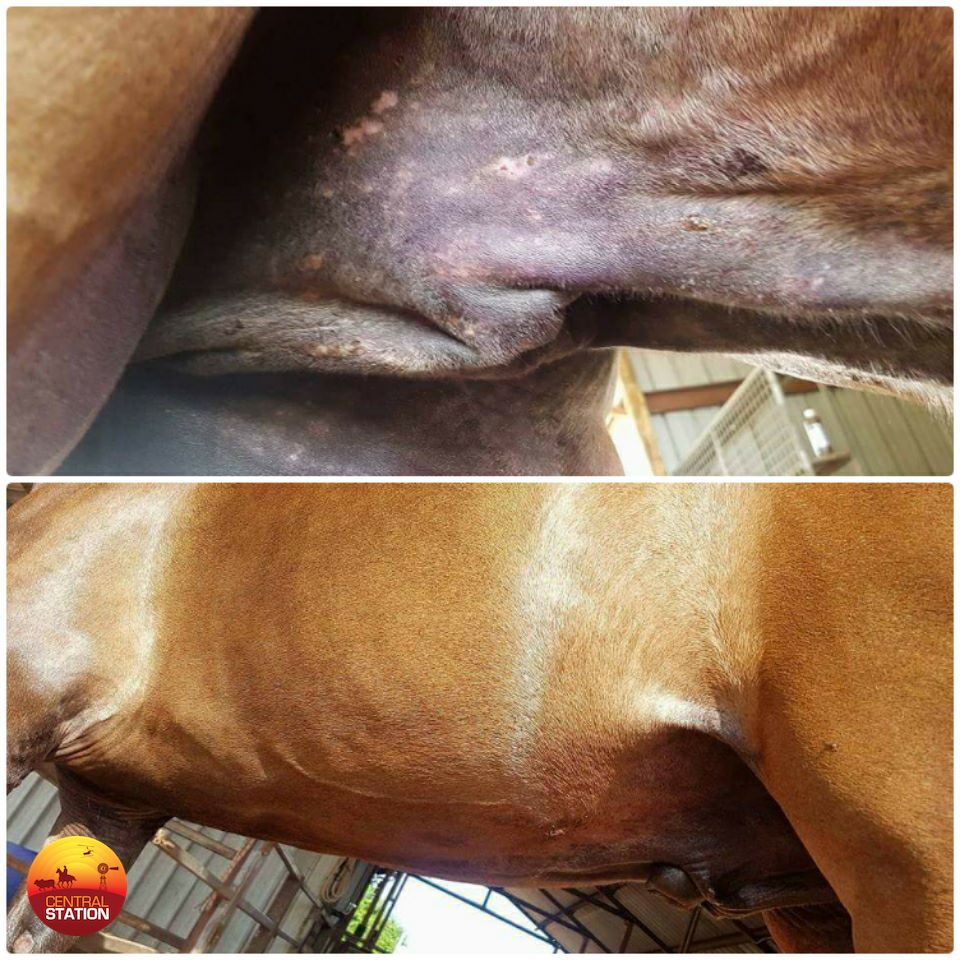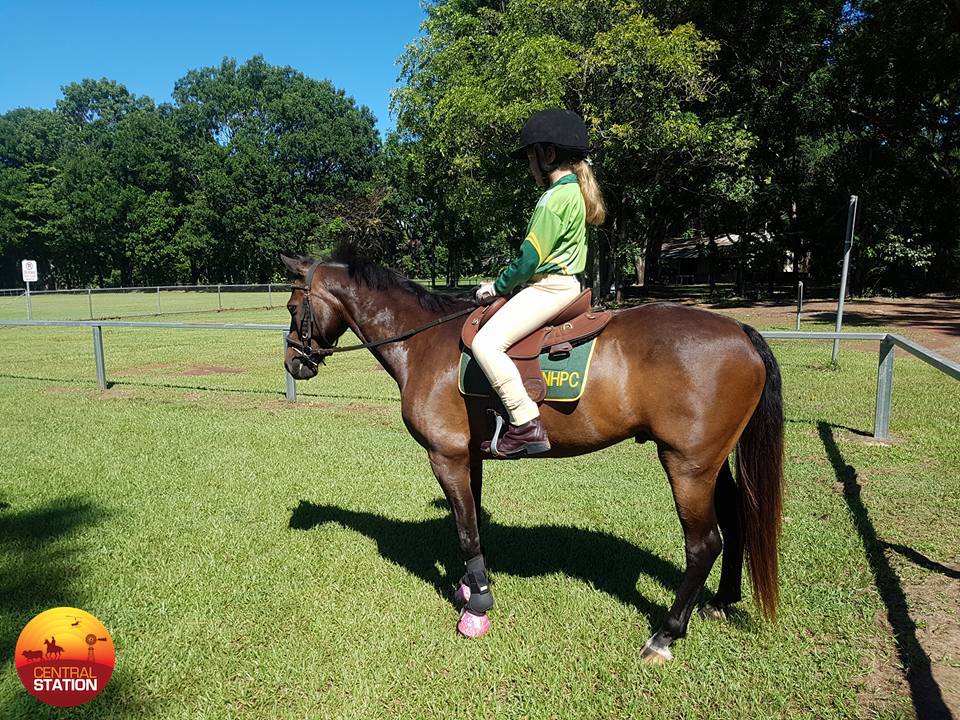Managing horses on the floodplain
Host: Annaburoo Station
Written by Barb Phillips – Manager, Annaburoo Station.
What a journey it has been to run horses on the floodplain.
But, as they say . . . “where there’s a will, there’s a way”.
Annaburroo is situated along the Mary River system, 100km ESE of Darwin. We have many creeks and billabongs that hold water throughout the year as well as vast areas of floodplain.
The climate is tropical and an excellent breeding ground for a myriad of bugs including midges, mosquitoes, and flies. The ground is also damp for long periods of time creating a haven for soil borne organisms.
The majority of our horses are bred in the Northern Territory so they have a natural immunity to the destructive insects in their environment.
Others born down south, however, can suffer tremendously if not managed.
The first couple of years at Annaburroo saw the horses run in open undulating paddocks where there were trees for shelter, improved pasture, and no surface water. They were fed each day so I could inspect them but other than that they were left to fend for themselves.
This year, though, their resistance seemed to wane. At the start of our wet season in October, some were already losing hair around their face and necks and others started to itch.
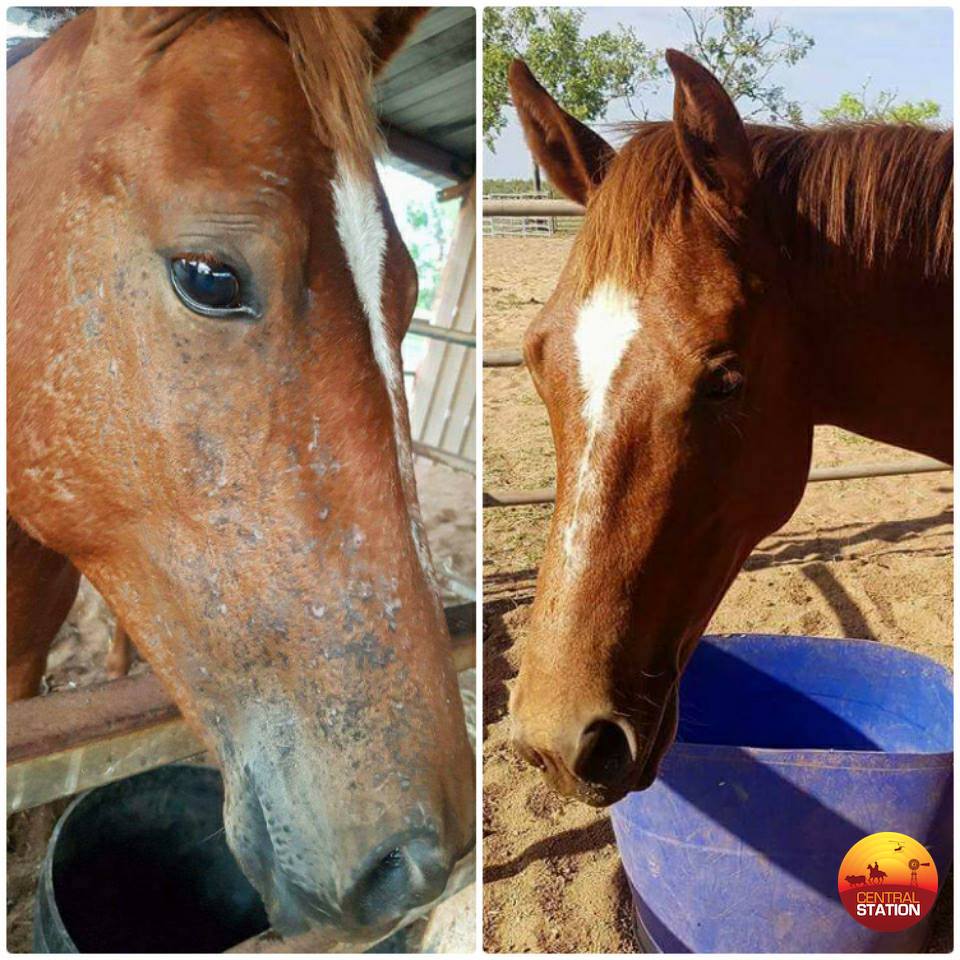 Hair loss due to bugs.
Hair loss due to bugs.
Queensland Itch (also known as Sweet Itch in the northern hemisphere) is an insect bite allergy caused by midges (Culicoides sp).
Midges are tiny flying insects with wing spans measuring 1.4mm. They are very hard to see and it is the female midges which causes the problem.
After fertilisation, the female needs a feed of blood so that their eggs can develop, prior to laying them. The female midges often swarm and feed in large numbers. It is to midge saliva that some horses develop a skin hypersensitivity, which makes the horse very itchy.
Midges swarm mostly at dusk and dawn, but also anytime on cloudy days. They generally live in a wet humid environment. This can be near water, in undergrowth, long grass, or under the canopies of shady trees. They hate the wind and hot dry conditions.
The key measures we have put in place to manage itch is to rug our horses, stable them under fans overnight, worm with an ivermectin based wormer, manage the height of the grass in their paddocks, spray them with insecticidal spray and give them specific feed additives that reduce itch and repel insects.
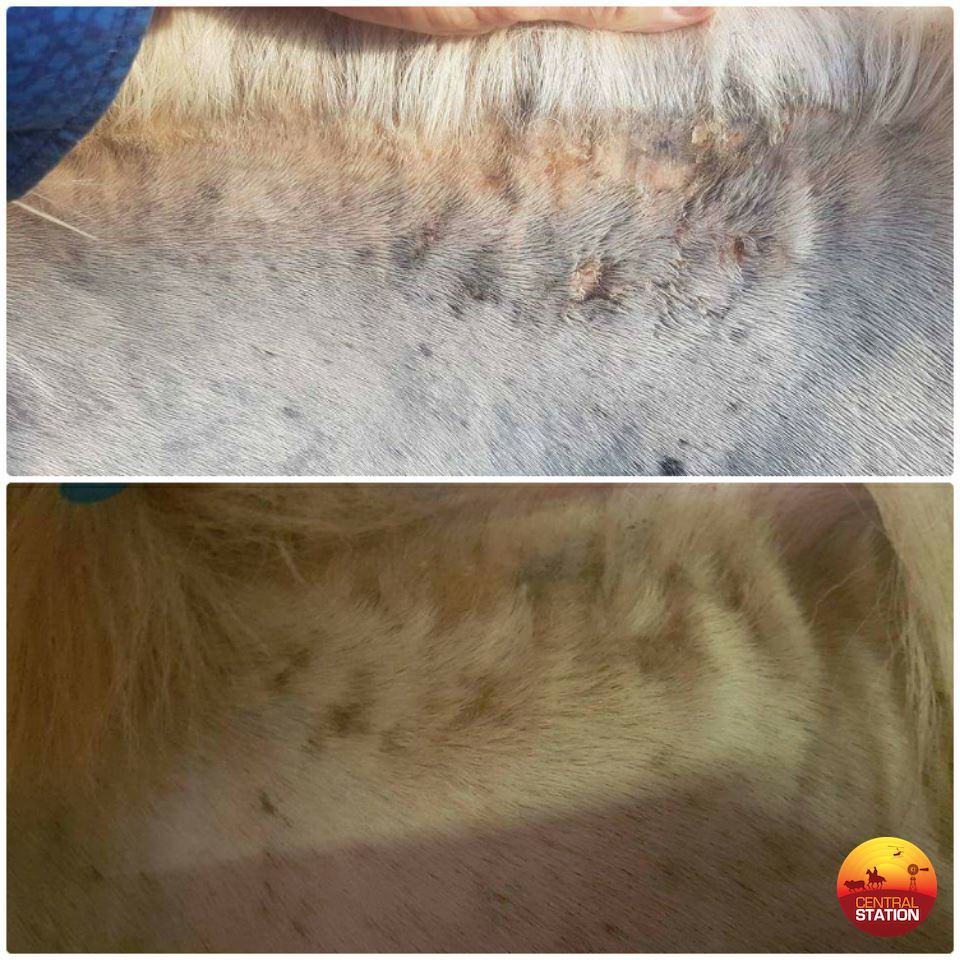
It has been quite a journey and a lot of hours are spent each day mucking out stables, washing down and changing rugs, hosing horses off, spraying, feeding and so on. The midges and mosquitoes have been so bad recently that I was spraying citronella all over the walls, burning citronella, lighting mozzie coils and so on.
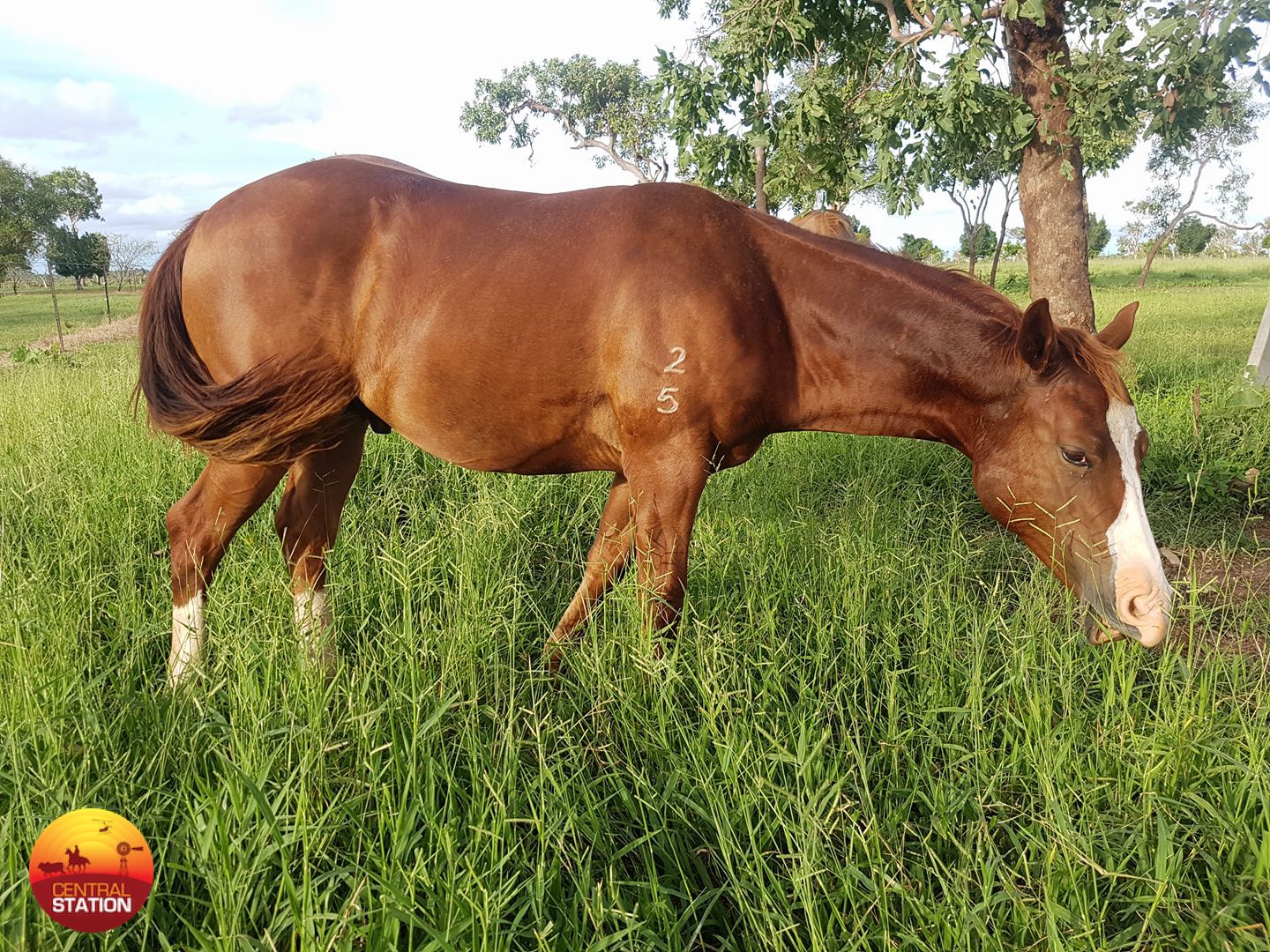
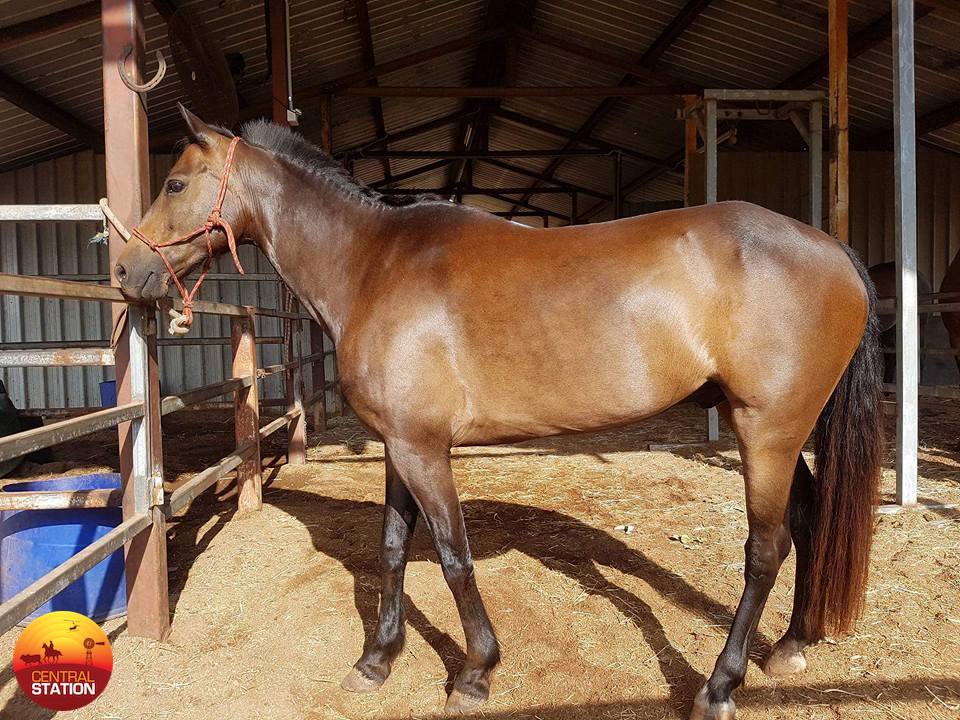
At times I question whether we would be better off sending them south but we use the horses on a regular basis. They have managed fairly well through this wet so I guess I, like many others, will just hang in there until the dry season arrives and revel in every moment.

